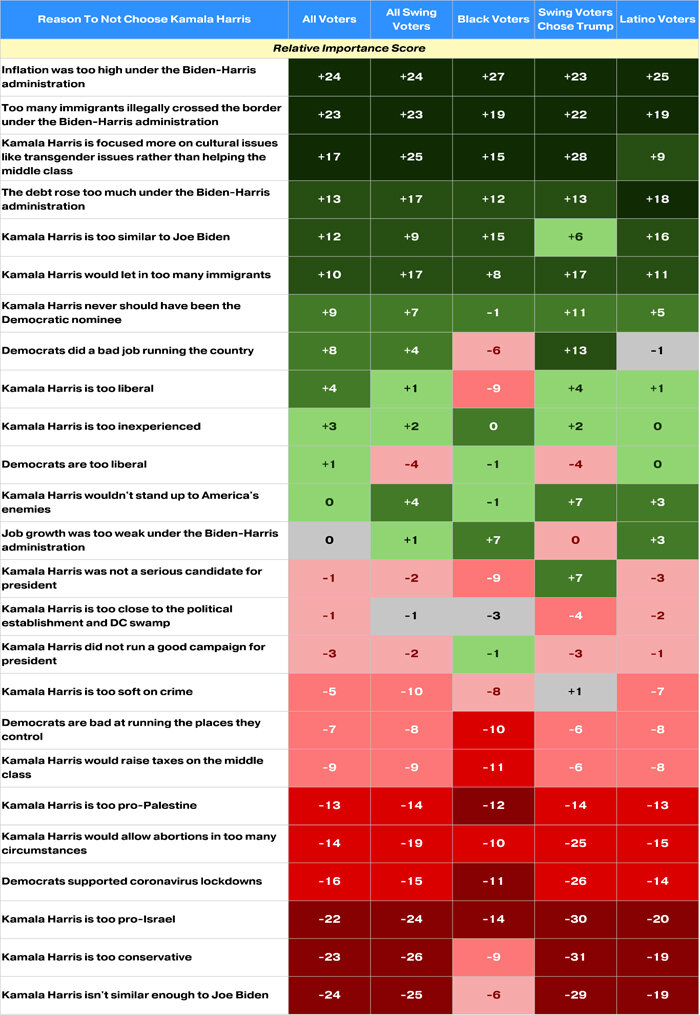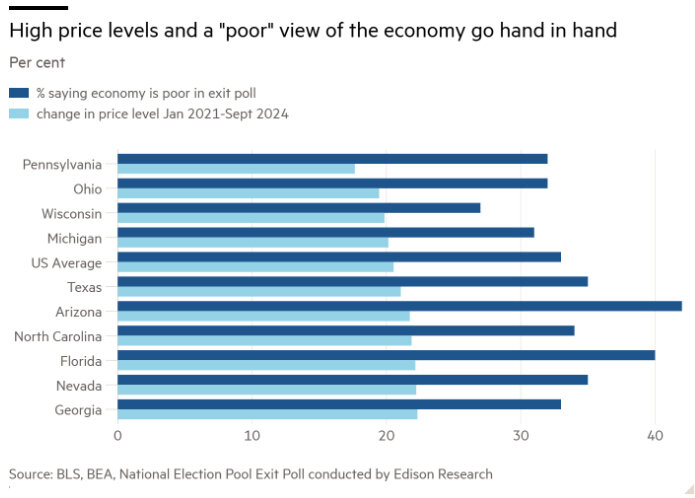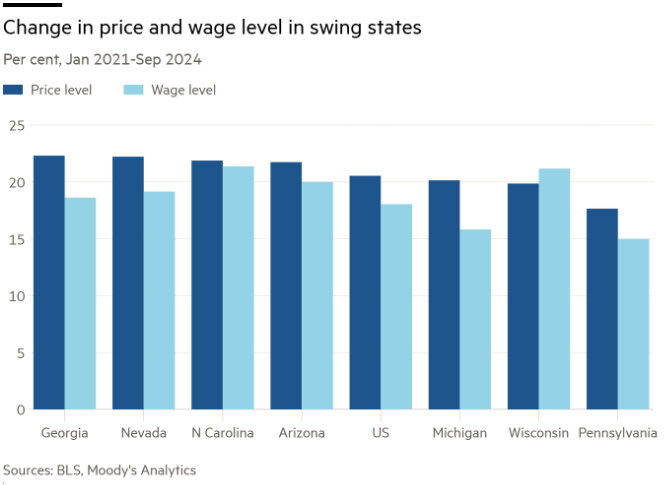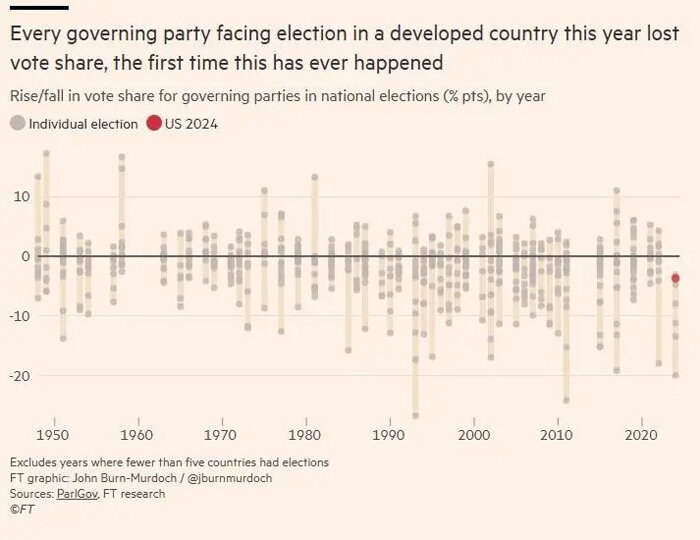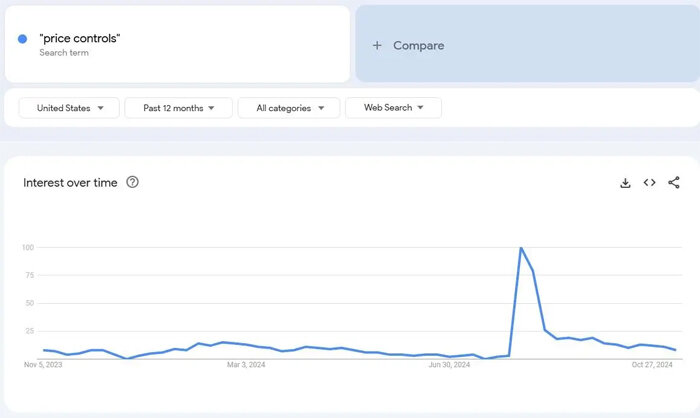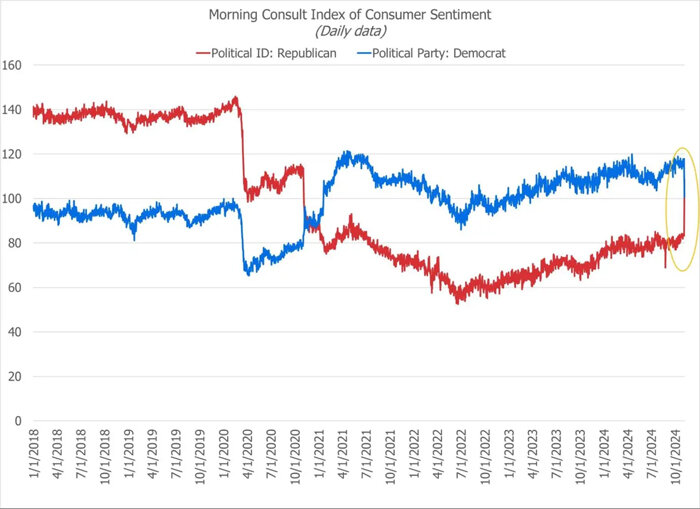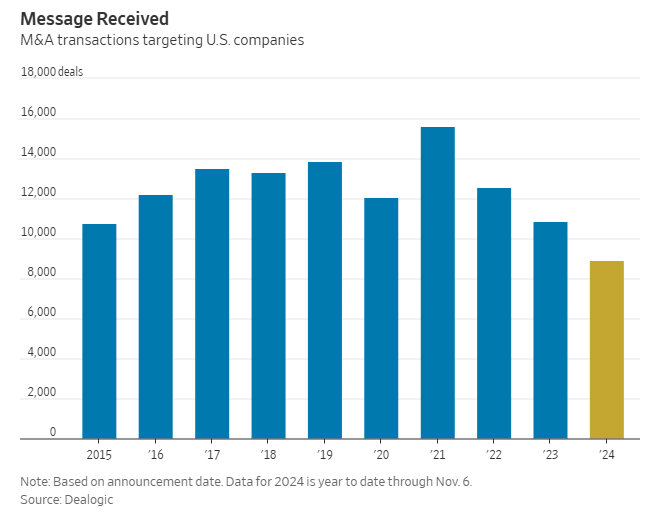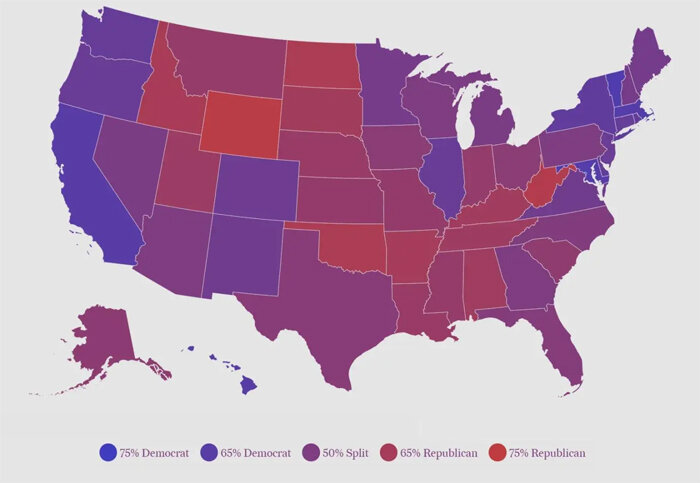One of those risks I mentioned was the ARP’s potential to spark a “serious bout of inflation”— something many left-leaning economists were also worried about. Since then, of course, we did suffer such inflation, and wonks have vigorously debated how much the ARP—along with monetary policy and supply-side shocks—contributed to the rapid run-up in prices that we experienced in 2021–23. AEI’s Michael Strain estimates that the ARP was responsible for around 3 percentage points of peak inflation; Hoover’s John Cochrane finds a strong connection between a country’s inflation and its fiscal expansion; both the San Francisco Fed and St. Louis Fed came to similar conclusions; and a group of academic economists did too (“aggregate demand shocks explain roughly two-thirds of total model-based inflation, and … fiscal stimulus contributed half or more of the total aggregate demand effect”). Other academic research finds similar effects, which were both larger than and different from the inflation being felt in Europe and elsewhere.
Granted, most of this fiscal stimulus occurred under Donald Trump’s watch, and other academics think supply chain problems were a bigger driver of inflation in the United States. On the latter point, however, even most of the supply chain-focused analyses acknowledge “massive fiscal stimulus” playing a role. “In retrospect, fiscal policy overdid it,” the Wall Street Journal’s Greg Ip concluded in 2023, and, as Axios’ Neil Irwin just wrote, this meant more pain for voters than would’ve otherwise been the case: “If more restrained fiscal policy had resulted in inflation peaking even a couple of percentage points lower, the Fed would not have seen the need to raise rates by as much as it did, lessening another vector of recent economic pain.”
On the former point, meanwhile, the administration’s vocal championing of the ARP, along with good ol’ recency bias, likely moved many American voters to associate stimulus-fueled inflation with Biden, not Trump—something Republicans were naturally thrilled to encourage. Adding insult to injury, Biden and congressional Democrats followed up all that spending with … even more spending. The CHIPS Act cost a mere $60 billion on paper, but open-ended tax credits will take the bill much higher. The Inflation Reduction Act was alleged to be deficit neutral, but that claim was almost immediately called into question because of a similar underestimate of tax credit uptake. Now, it might cost more than $1 trillion. Those bills had identifiable benefits too, of course, but—as we discussed previously—the occasional press conference on a new factory in some random place was simply no match for the daily reminder of economic pain and uncertainty that inflation brings. Put it all together and then cheerfully call the whole thing “Bidenomics,” and you had even many Democrats second-guessing the “Go Big” strategy in early 2024.
Now we know they were right to worry.
Then Came the Inflation Denial
Those worries were further compounded by the repeated insistence by the White House and its progressive allies in 2021 and early 2022 that the inflation we were all clearly experiencing was both “transitory” and isolated to a few random categories like—and I kid you not—food, energy, shelter (housing/rents), and transportation (automobiles). As I showed in November 2021, moreover, public projections of the inflationary period’s depth and duration kept being far too optimistic, fueling further public doubt and anger about prices. It was only in mid-2022 that the White House moved to tackle inflation head on, as the Washington Post reported at the time:
